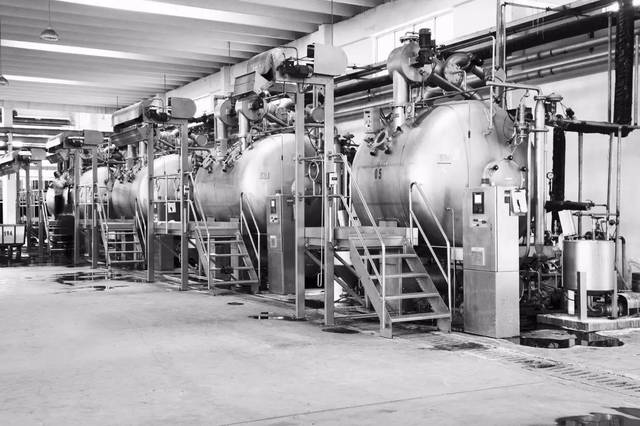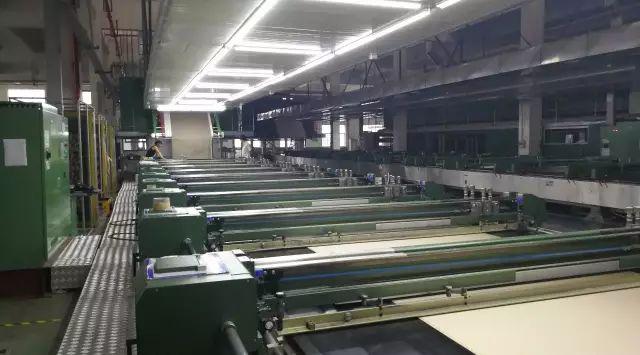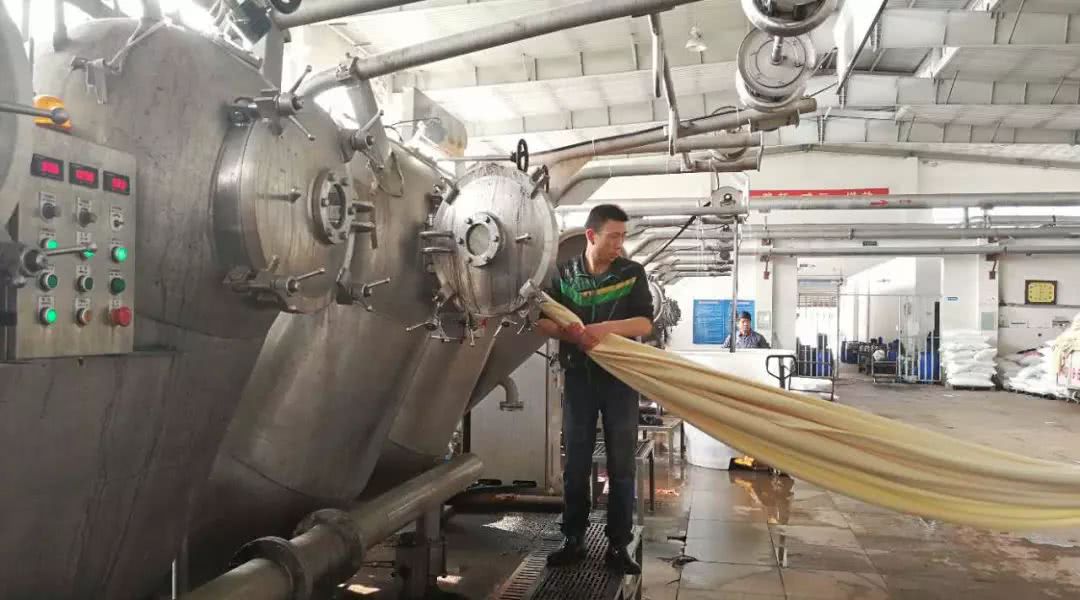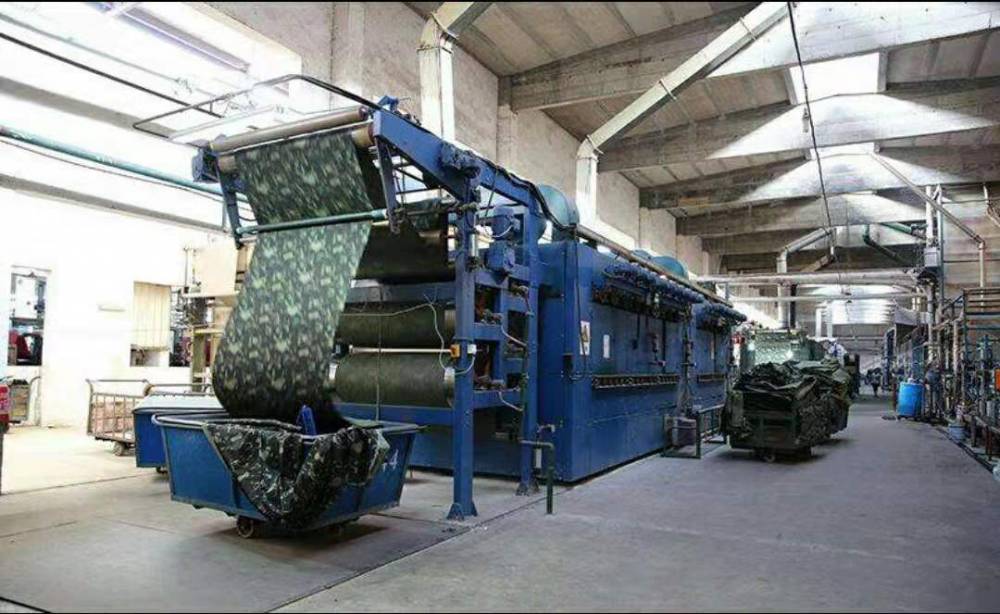In the process of using reactive dyes, have you encountered these eight problems?
- Why is it required to use a small amount of cold water to adjust the slurry first, and the temperature of the compound should not be too high?
- The purpose of mixing a small amount of cold water first is to make the reactive dye easy to fully wet out. If you pour the dye directly into the water, the outer layer of the dye will form a gelatinous shape, and the dye particles will be wrapped to make the inside of the dye particles difficult to get wet and difficult to dissolve. Mix the slurry with a small amount of cold water first, and then melt it with hot water.
- If the temperature of the chemical material is too high, it will cause the hydrolysis of the dye and reduce the dye fixation rate.

2.Why is it necessary to add the dye material slowly and evenly?
- This is mainly to prevent the dye from dyeing too fast. If the dye is added quickly at one time, the dyeing rate will be too fast, which will make the outer layer of the fiber deep, and the light inside will easily cause colored flowers or streaks.
3.Why do I need to dye for a certain period of time (such as 10min) after adding the dye, and then start adding salt?
- Salt is a dye accelerant. When the dye is dyed to a certain level, it has reached saturation and it is difficult to continue dyeing. Salt is added to break this balance, but it takes about 10-15 minutes before adding salt to promote dyeing. Fully penetrate evenly, otherwise it is easy to cause streaks and color blurs.

4.Why do you have to add salt in batches?
- The purpose of adding salt in batches is to evenly promote the dyeing, so as not to promote the dyeing too quickly, which may cause discoloration.
5.Why does it take a certain period of time (such as 20 minutes) to fix the color after adding salt?
- There are two main reasons: A, to allow the salt to dissolve evenly in the tank and fully promote the dye; B, to allow the accelerating dye to enter the dyeing saturation to reach equilibrium, and then add soda ash to fix the color to achieve the highest dye uptake.

6.Why do we need to add soda ash in batches?
- The purpose of adding in batches is to make the fixation uniform and prevent color blur. If it is added at one time, it is easy to cause the local residual liquid to be too high in concentration and the fiber will react quickly, which will easily cause discoloration.
7.Why must the steam be turned off when adding reactive dyes?
- The purpose of turning off the steam before feeding is to reduce the stripe and prevent color blur. When the temperature on both sides of the control cylinder rises above 3℃, dyeing will be affected, streaks will appear when the temperature exceeds 5℃, and the machine will be shut down for maintenance when it exceeds 10℃. Someone has tested that the temperature in the cylinder is basically uniform before and after the cylinder is turned for 10-15 minutes after the steam, and equal to the surface temperature, so when adding materials, whether to add H202 during chlorine cooking or add dye salt or soda during dyeing, it should be turned off first.

8.Why ensure the process holding time after adding soda ash light?
- The holding time should start to calculate the holding time after the soda ash is added and the temperature is raised to the process holding temperature. Only by cutting the plate according to the process holding time, the quality can be guaranteed, because the holding time is determined based on how long it takes for a certain amount of dye to react. , The laboratory also conducts sample testing at this time.




